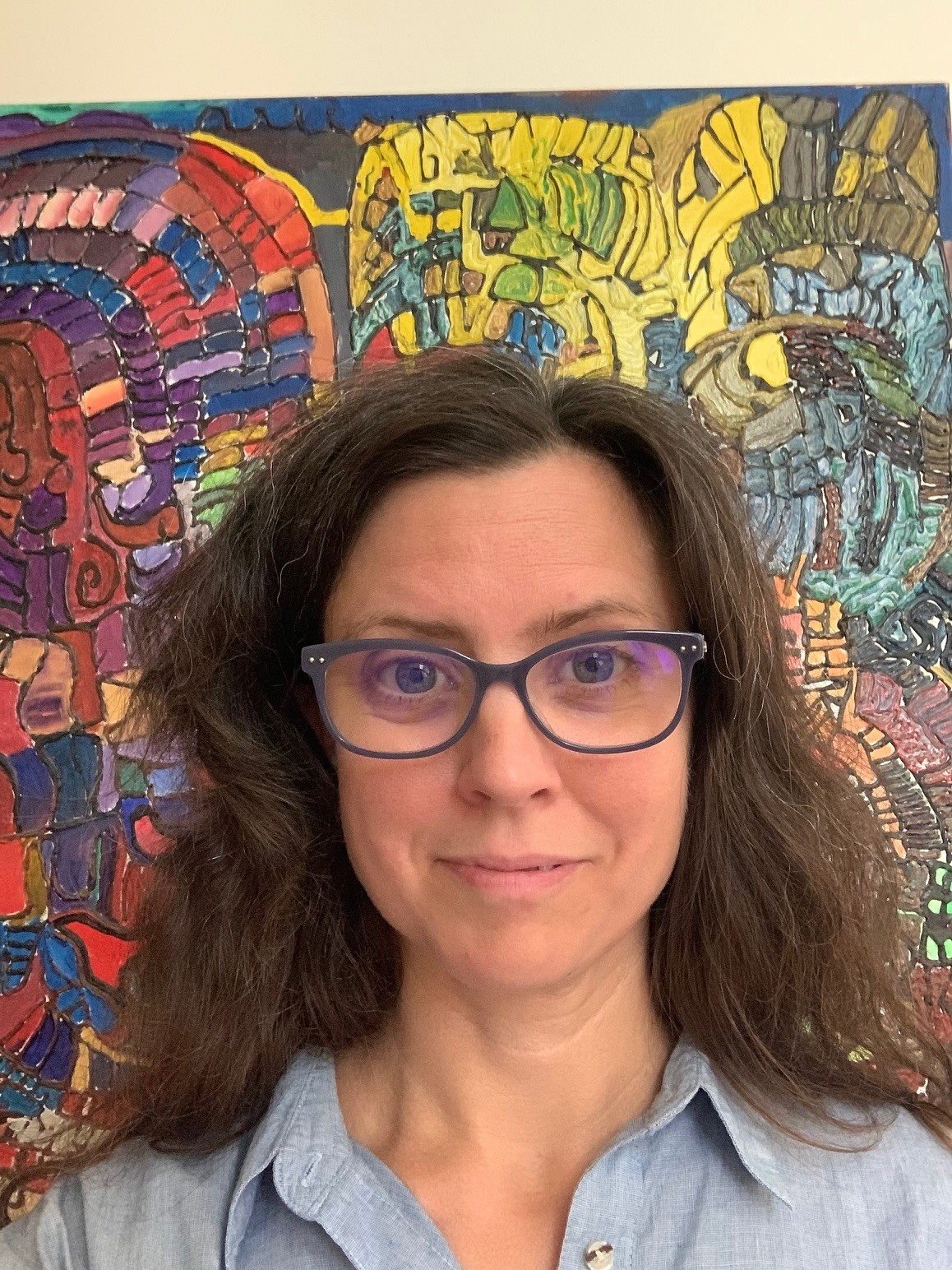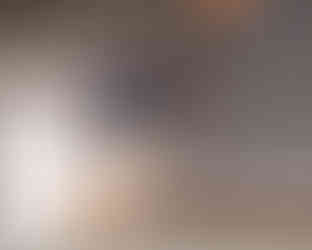Galaxies during Cosmic Dawn: How JWST is Illuminating the First Billion Years, by Dr Sandro Tacchella
- Amy Scammell

- Sep 14
- 3 min read
The evening began with the Flamsteed Astronomy Society’s 26th Annual General Meeting, where Chair Bobby Manoo presented a positive review of the past year. Highlights included near-capacity attendance for our main lectures, record-breaking numbers at public observing sessions, continued growth in membership, and a strong programme of workshops, trips, and outreach events. With the AGM concluded, we launched into our first lecture of the new season.

Our speaker, Dr Sandro Tacchella, posed some of the most profound questions in cosmology today: How did the first black holes form and grow? How did different types of galaxies emerge? And which came first – black holes or galaxies?
Fortunately, we were expertly guided through this cosmic puzzle by Dr Tacchella, a cosmologist specialising in galaxy formation and evolution.

To address these questions, researchers must look back to the early universe. But this is no easy task – the scale of the cosmos is staggering. Our Sun takes 230 million years to orbit the Milky Way. Andromeda, our closest galactic neighbour, is 2.5 million light-years away. Yet even these vast distances pale in comparison to the age of the universe, now estimated at 13.8 billion years. To witness the formation of the first galaxies, we must look back to when the universe was just 200 million years old. But how is that possible?
While studies of the Milky Way have taught us much about star and black hole formation, such “local” research has its limits. The Milky Way contains relatively few ancient stars, and its current state – shaped by mergers, starbursts and feedback cycles – is far removed from its original form. As Dr Tacchella noted, trying to understand the early universe by studying the Milky Way is like trying to reconstruct a newborn baby from an adult – there are clues, but they’re not enough.

This is where technology steps in. Imaging and spectroscopy have helped build a broader picture of how galaxies formed, evolved, and interacted with black holes. These tools also deepen our understanding of the universe’s composition. The launch of the James Webb Space Telescope (JWST) in 2021 marked a major breakthrough. Not only is JWST vastly more capable than its predecessors, but it also operates from the cold, stable environment of Lagrange Point 2. Its near- and mid-infrared capabilities make it ideal for detecting redshifted light from the most distant – and therefore oldest – objects.
Dr Tacchella highlighted the work of the JWST Advanced Deep Extragalactic Survey (JADES), which combines the power of JWST’s NIRCam (for imaging) and NIRSpec (for spectroscopy) instruments to probe deep into the early universe. NIRCam has revealed an astonishingly detailed and diverse galaxy population, including galaxies formed less than 300 million years after the Big Bang. NIRSpec, covering a wide range of wavelengths, has enhanced our understanding of distances, chemical composition, star formation rates, and galactic complexity. One key finding: there are more galaxies in the early universe than expected, forming faster than existing models predicted. Star formation was intense – and remarkably, black holes were already present. Evidence from JADES even suggests that black holes may have preceded galaxy formation.

As is so often the case in astronomy, these discoveries raise new questions – and the search for answers continues.
Our thanks to Dr Sandro Tacchella for an insightful and thought-provoking talk that was a perfect start to the new season.
You can keep up to date with the JADES project here:

























Comments